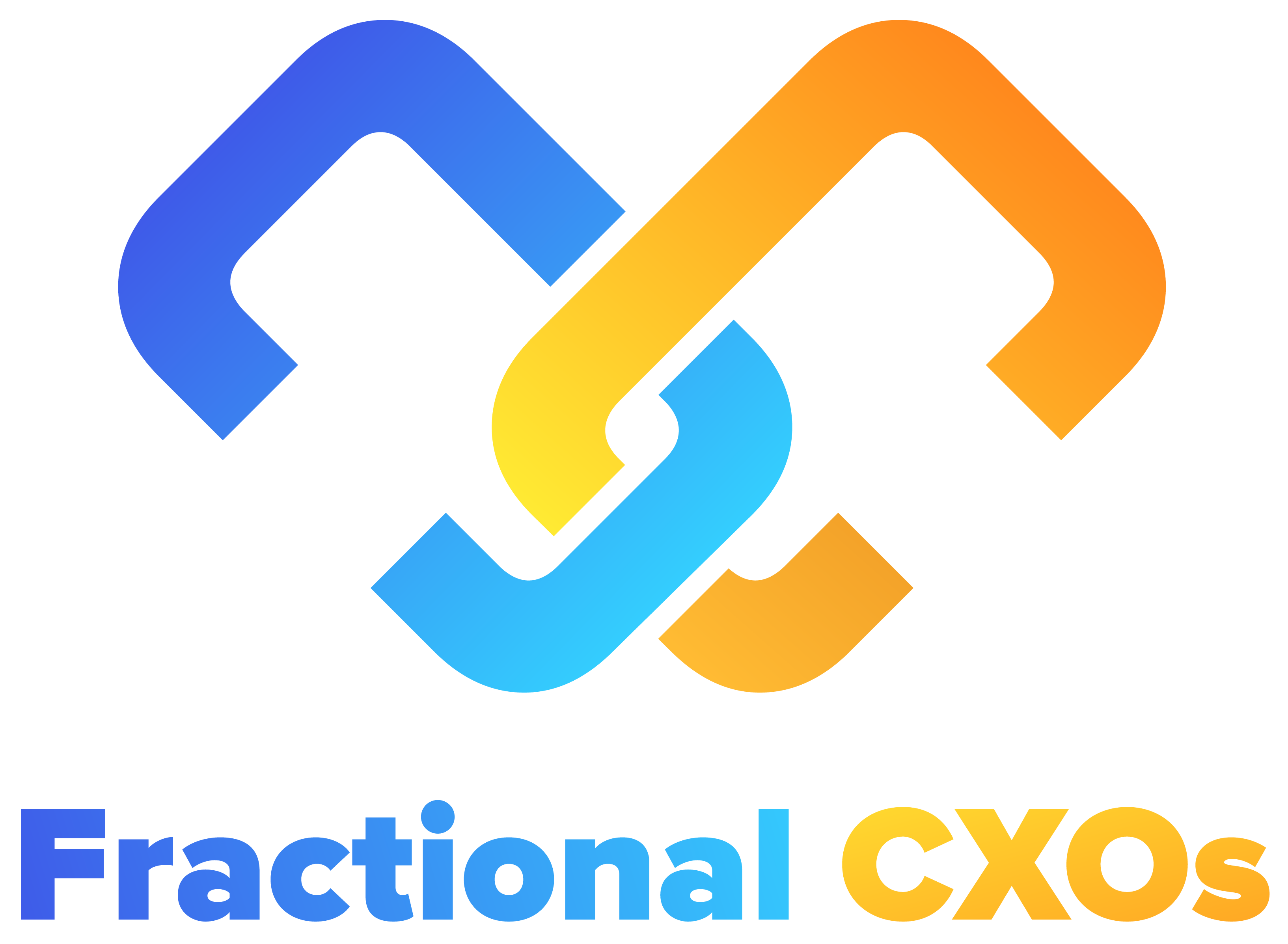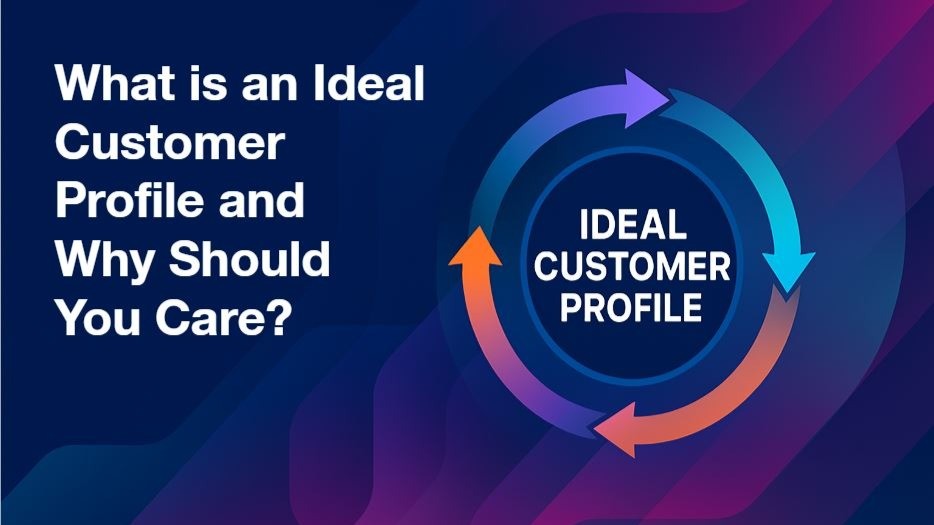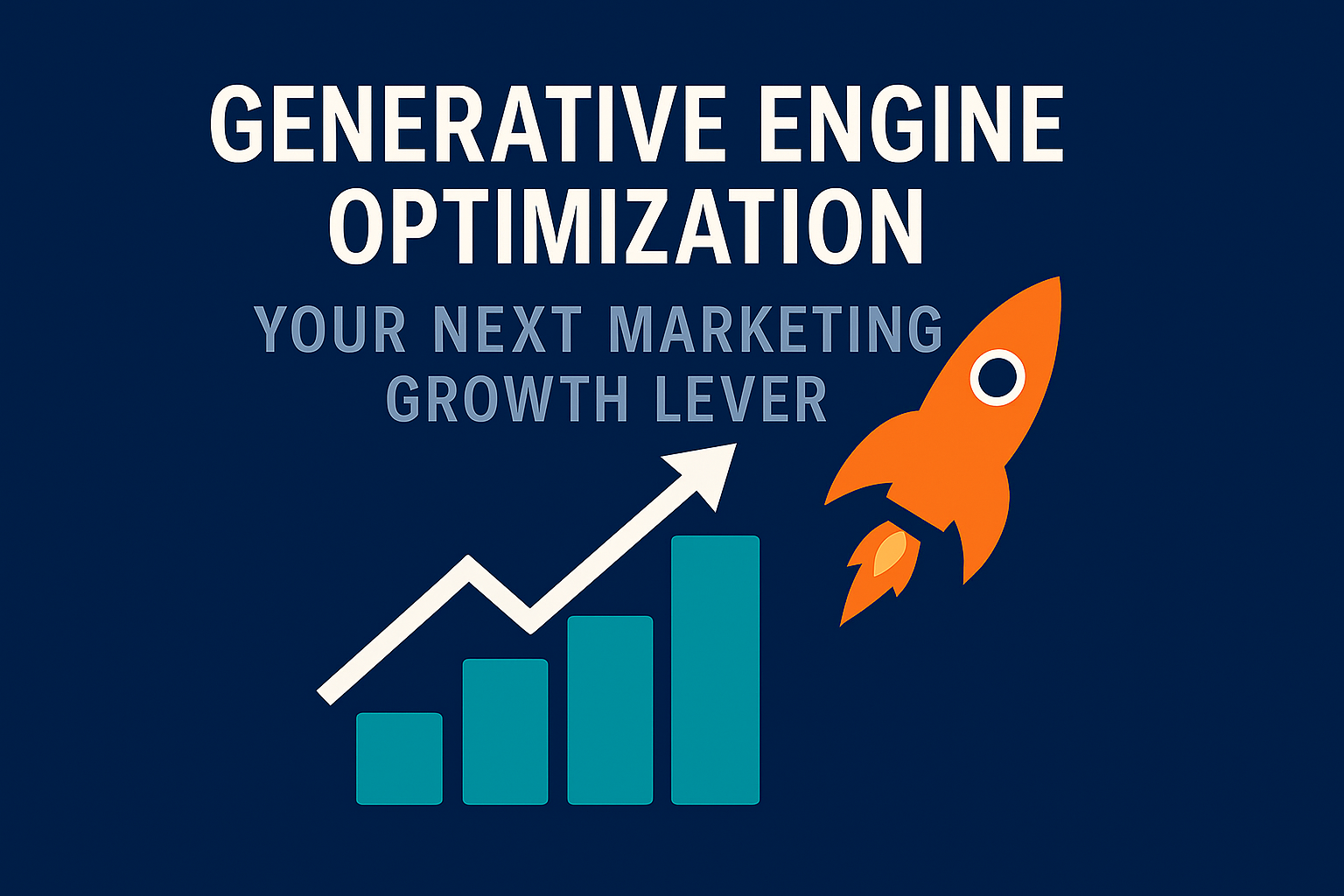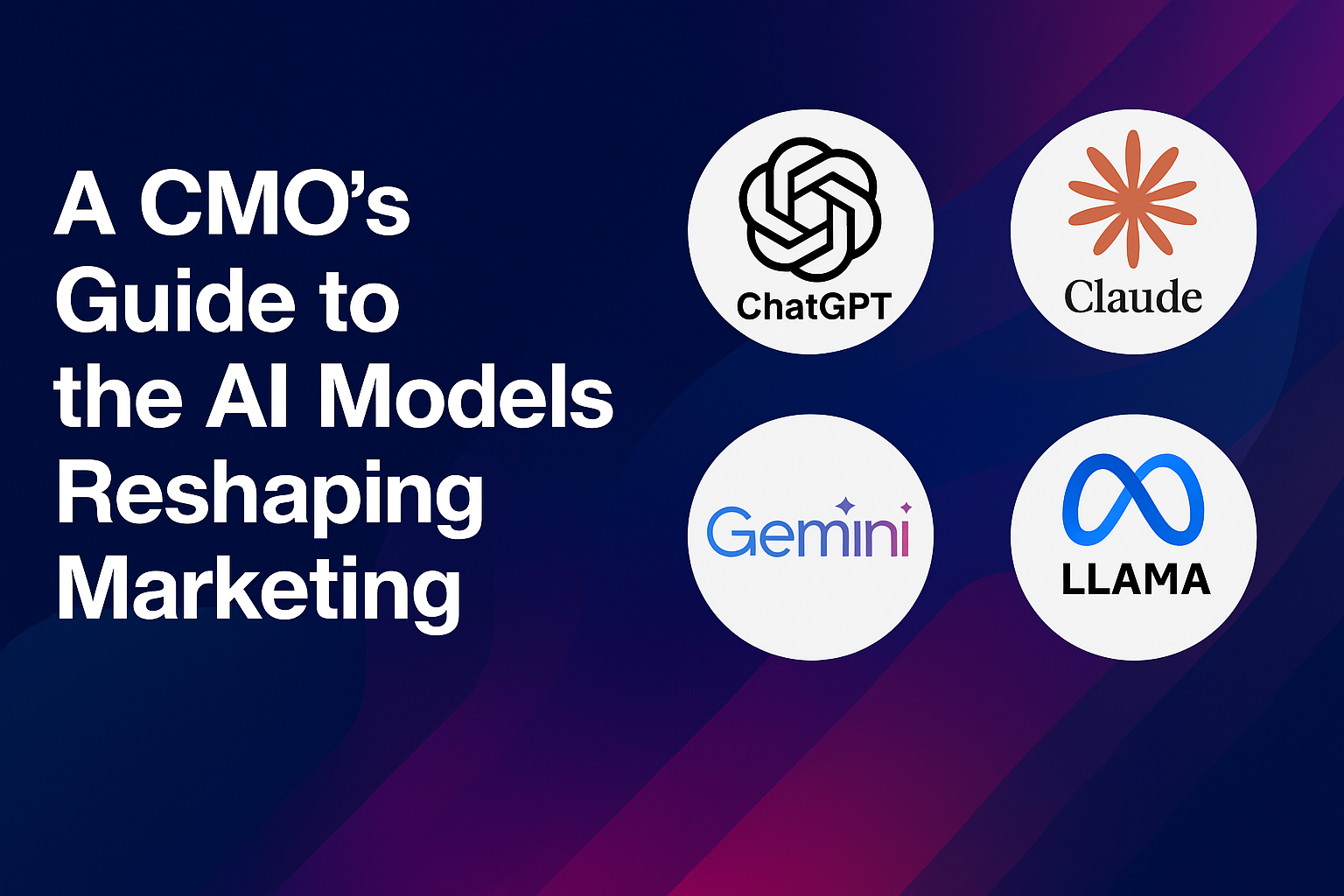In the world of marketing and sales, success isn’t just about casting a wide net—it’s about knowing exactly who you’re fishing for. That’s where the concept of the Ideal Customer Profile (ICP) comes into play. An ICP isn’t just another buzzword; it’s one of the most powerful tools a business can use to focus its resources, align go-to-market teams (e.g., sales, marketing, product management, customer service), and accelerate growth. Executive leadership needs to own and champion the ICP, putting all the wood behind the arrow to pursue it with discipline and consistency. That said, early-stage and smaller organizations must remain flexible, using their ICP as a working hypothesis while iterating toward product-market fit.
In this post, we’ll break down what an Ideal Customer Profile is, how it differs from buyer personas, and why it’s critical for anyone involved in marketing, sales, customer success, or product development, and of course, how to best leverage AI for ICP creation and management with a brief introduction to Model Context Protocol.
Most importantly, ask yourself: Does your company know what its Ideal Customer Profile (ICP) is? And are your teams aligned around it?
Check out the 2-minute video below for a high-level overview of this post. Note: This video was created using AI video synthesis — an experimental technology that animates still images into video. It’s not perfect, but it’s a glimpse into where marketing is heading.
Click here to display content from YouTube.
Learn more in YouTube’s privacy policy.
What is an Ideal Customer Profile?
An Ideal Customer Profile (ICP) is a detailed description of the type of company (not individual) that would benefit the most from your product or service—and, in turn, deliver the most value to your business.
Think of it as your “best-fit customer archetype.” It’s the company that:
- Has the problem you solve
- Is willing and able to pay for your solution
- Has high retention and expansion potential
- Aligns with your product capabilities and strategic goals
ICPs Are Firmographic, Not Individual
Unlike a buyer persona, which focuses on individual decision-makers (titles, goals, pain points, personality traits), an ICP zeroes in on company-level attributes. These may include:
- Industry or vertical (e.g., fintech, manufacturing, SaaS)
- Company size (revenue, number of employees)
- Geographic location
- Technology stack
- Stage of growth
- Organizational structure
- Budget thresholds
- Compliance requirements
- Buying process complexity
Why Does an ICP Matter?
If you’re not defining your ICP, you’re almost certainly wasting time and money chasing the wrong leads and pursuing the wrong opportunities.
Here’s why it matters:
1. Alignment Across Teams
Your ICP becomes a unifying lens for go-to-market alignment. Sales knows who to target. Marketing knows who to generate demand from and accelerate through the pipeline. Product knows who to build for. Customer success knows who to prioritize and how to engage.
Without it, every team builds its own mental model of the “ideal” customer—and misalignment is inevitable.
2. Better Lead Quality and Conversion Rates
Targeting the wrong accounts leads to bloated pipelines and poor close rates. ICP-based targeting helps you focus on prospects who are more likely to convert, retain, and grow. You may have the best AI-driven, account-based marketing processes and technologies, yet will be doomed to failure without the optimal ICP.
In fact, according to HubSpot, companies that tightly align their marketing and sales teams around an ICP see up to 36% higher customer retention and 38% higher sales win rates. [source]
3. Efficient Use of Budget and Resources
Marketing budgets are limited, especially in today’s economic climate. Knowing your ICP lets you prioritize content production, ad spend, influencer marketing, events, and outreach on the companies most likely to generate a return.
4. Improved Customer Lifetime Value (CLV)
Customers who match your ICP tend to stick around longer, use your product more deeply, and expand their contracts over time. That means lower churn and higher CLV.
Who is Responsible for Developing the Ideal Customer Profile?
Defining the Ideal Customer Profile (ICP) is not a siloed initiative—it requires ownership and collaboration from the executive level down. While marketing often facilitates the process and gathers the data, it’s critical that sales, customer success, and product teams weigh in with real-world insights from the field. Ultimately, the executive team must align on the ICP and champion it as a strategic priority. Their buy-in ensures consistent messaging, resource allocation, and accountability across the organization. In startups or early-stage businesses, the ICP might evolve frequently as teams gather feedback and refine their product-market fit—but even then, leadership must drive clarity around who the company is for.
How Do You Build an Ideal Customer Profile??
Creating your ICP takes a mix of data analysis, customer insights, and strategic thinking. Here’s a step-by-step process to guide you:
Step 1: Analyze Your Best Customers
Start by identifying your most successful customers. Not just the ones who pay the most—but those who:
- Achieved strong outcomes using your product
- Renewed or expanded
- Required minimal support
- Acted as references or advocates
Look for patterns in firmographic data across this group.
Step 2: Identify Key Attributes
Segment your best customers and identify shared traits:
- Company Size: Gartner defines “Small Businesses” as <100 employees and <$50M revenue, “Midsize Enterprises” as 100–999 employees and $50M to <$1B revenue, and “Large Enterprises” as 1,000+ employees and $1B+ revenue. [source]
- Industry: Are your most successful customers clustered in specific verticals?
- Use Cases: Are there certain problems you solve exceptionally well for them?
- Tech Environment: Do they use complementary software or platforms?
- Buying Triggers: What prompted them to seek a solution like yours?
Step 3: Validate With Stakeholders
Bring in sales, CS, and product leaders to validate your hypothesis. Each team brings a unique view of the customer. Ask:
- What customers tend to succeed?
- Where do we see the shortest time-to-value?
- Where do we lose deals—and why?
Step 4: Document Your ICP
Create a clear and accessible document that outlines:
- Firmographics (industry, size, location)
- Pain points and buying triggers
- Ideal tech stack
- Business maturity or stage
- Deal complexity
- Red flags (attributes that indicate a bad fit)
Keep it simple but actionable.
ICP vs. Buyer Persona: What’s the Difference?
While both are crucial, they serve different purposes:

Use the ICP to target the right accounts and the buyer persona to speak to the right people within those accounts.
Common ICP Mistakes to Avoid
Even seasoned marketers and sales teams fall into these traps:
❌ Confusing ICP with buyer persona
Don’t conflate the company you’re targeting with the individual making the buying decision. You need both, but they’re not interchangeable.
❌ Defining too broadly
If your ICP includes “any company with over 50 employees,” it’s probably too vague. Narrow it until it becomes specific enough to focus your GTM motions.
❌ Sticking with assumptions over data
Your sales team might have strong opinions, but start with data. Who’s actually renewing? Who’s expanding? Let the numbers guide your segmentation.
❌ Not revisiting over time
Markets shift. Products evolve. ICPs aren’t set in stone—revisit yours at least annually or whenever a major strategic shift occurs.
Using Your ICP Across the Business
Once you have a strong ICP, don’t let it collect dust. Put it to work:
In Marketing:
- Use it to refine ad targeting and SEO
- Create content tailored to ICP needs and language
- Build better intent-based campaigns using tools like 6sense or Demandbase
In Sales:
- Prioritize ICP-fit accounts in outbound prospecting
- Tailor messaging and value props accordingly
- Score leads by fit using firmographic data in your CRM
In Product:
- Prioritize features that benefit your ICPs
- Use customer interviews to refine the roadmap
- Avoid feature bloat driven by outlier requests
In Customer Success:
- Onboard new clients using ICP-informed playbooks
- Flag accounts outside the ICP as higher-risk
- Identify expansion opportunities within ICP-aligned clients
How to Leverage AI for ICP Creation
AI accelerates and sharpens ICP development by analyzing patterns across massive datasets—uncovering signals that are too complex or time-consuming for manual analysis alone.
Start by feeding AI tools your CRM, sales, and support data. These systems can quickly surface insights like:
- Which customers close the fastest
- Who retains longest and expands
- Which firmographic traits correlate with success or churn
Then, go further with AI enrichment tools like Clearbit (acquired by HubSpot in 2023), Apollo, or ZoomInfo to expand datasets and validate assumptions—ensuring your ICP isn’t just anecdotal but backed by real, scalable insights. The result: a data-driven ICP that guides targeting, messaging, and GTM strategy with precision.
AI Use Cases by Role:
Marketing: Cluster accounts based on fit and behavior to sharpen targeting and messaging
Sales: Use AI-driven lead scoring to prioritize ICP-matched accounts and forecast close likelihood
Product: Analyze feature adoption by ICP segments to inform roadmap decisions
Customer Success: Flag at-risk accounts outside the ICP and identify upsell potential among ICP-fit customers
Over time, AI doesn’t just build your ICP—it helps continually refine it as your business grows, customer behavior shifts, or market segments evolve.
Getting Started with AI for ICP Refinement:
- Audit Your Data Stack: Ensure your CRM, support, and marketing systems are integrated. Garbage in = garbage insights out.
- Tag Your Best-Fit Customers: Use manual tagging or machine learning models to classify current accounts by retention, expansion, and satisfaction.
- Use AI to Spot Patterns: Apply clustering algorithms (e.g., via HubSpot AI, Salesforce Einstein, or custom-built models) to identify common firmographics and buying behavior.
- Run “ICP Drift” Checks Quarterly: AI can alert you if new closed-won customers differ materially from your existing ICP—signaling either a strategy shift or a data problem.
These steps become even more powerful when supported by Model Context Protocol (MCP)—an emerging framework that lets AI securely interact with enterprise systems in a structured, context-aware way.
MCP is an open protocol that standardizes how applications provide context to LLMs. Think of MCP like a USB-C port for AI applications. Just as USB-C provides a standardized way to connect your devices to various peripherals and accessories, MCP provides a standardized way to connect AI models to different data sources and tools. [Anthropic]
MCP enables models to understand not just the data, but its purpose, permissions, and relationships—making ICP refinement faster, more accurate, and deeply integrated across sales, marketing, product, and customer success. It’s a breakthrough in operationalizing AI at scale without losing control of your data.
Final Thoughts: Why You Should Care
Your ICP is more than a marketing tool—it’s a strategic cornerstone. It aligns teams. It sharpens execution. And it boosts efficiency across the customer journey.
Whether you’re a startup founder trying to find product-market fit or a growth-stage company scaling revenue operations, dialing in your Ideal Customer Profile may be the single most valuable exercise you can do this quarter.
Because in the end, when you know who you’re for, everything else gets easier.
If your team is struggling to define or align around your ICP, let’s talk. I help growth-stage and more mature companies cut through the noise and build GTM strategies that convert. [Fractional CXOs]



